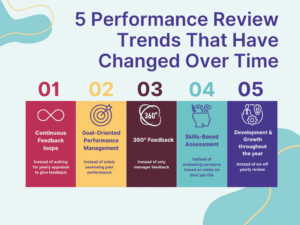TLDR
- A team is more than a static group of individuals. Rather, it’s a dynamic unit with ever-evolving needs and compositions
- Teams are put under immense pressure during covid. However, the challenge of management is nothing new
- In addition to employee listening we need ‘team listening’
What makes a team?
The powerful relationship between employee engagement and team performance has been well documented. In October 2020, Gallup released a meta-analysis that shows how highly engaged teams outperform others on 11 key business outcomes, such as productivity, well-being, and turnover.
However, a team is more than the sum of its parts. Teams may have organisational charts that assign roles to people but they don’t tell the whole story. As Amy Edmondson explains in Teamwork on the Fly, companies increasingly rely on teaming, which she defines as: gathering experts in temporary groups to solve problems they may be encountering for the first and only time. In other words, rather than remaining static entities, teams are evolving into ever-changing organisms. This complicates the task of building a cohesive unit out of people who don’t identify with the team yet.
Different teams also require different philosophies. Where an operational team will need to put the emphasis on discipline and harmony, an innovation team will be built more on diversity and exchange of ideas.
These are definitely challenges worth undertaking. After all, the real work is done by teams. Teams have sales targets. Teams innovate. Teams have to be productive. While this work may be divided into individual assignments they are all in service of one united mission.
Teams in times of covid
This molecular unit within the organisation is one that needs tender love and care. However, the past year has put this already fragile unit under even more pressure. During covid times, the focus has mainly been on functional tasks and how they can be delivered during a time of crisis. When we look at employees, our concern goes out to their physical and mental health in times of lock-down. The relationship between employees, the glue that holds it all together, tends to get lost in the fray.
There is simply not enough of a framework to observe this relationship in times of covid. We rely on engagement surveys and management to keep an eye on teams but both tend to come up short. Engagement surveys are great sources to inform us of an individual’s attitude towards their organisation but don’t measure team cohesion or psychological safety. Managers are more capable of gauging these factors but with working from home, it’s hard for them to keep their finger on the pulse. Looking towards the future, it’s highly unlikely that we will be going back to traditional forms of work. Hybrid models will become the norm and the question of how to manage teams remotely will still need an answer.
While these exceptional circumstances have brought the difficulty of measuring team cohesion to the forefront, this challenge is hardly a new one. Even before lock-down, managers simply didn’t possess the tools to build and maintain teams.
What does a healthy team need?
However, we do know from studies which vitals we should be measuring. Next to the hardware of the team, i.e. project management principles, Amy Edmondson also identifies the software a team needs to run effective cross-boundary collaboration: emphasizing purpose, building psychological safety, and embracing failure and conflict.
We know that teams are important. We know what the underlying factors and predictors are of team success. The question becomes: how do we gauge these metrics?
This is where the importance of team monitoring or Team Listening comes in. Just like we do engagement pulses to check in on our employees, we also need smart solutions for checking in on teams. Not only to look at individual attitudes but what each talent does within a team and, most importantly, what the quality of the team interaction is. Do they have certain conversations, practices, or rituals to discuss mistakes and difficulties? Is enough time allocated for feedback? A team listening tool should use common metrics and measures such as team cohesion and psychological safety, so it can provide the insights and tools to determine the right interventions and actions.
Because like any living organism, an efficient team is a healthy team. And there’s no cure without a proper diagnosis.



